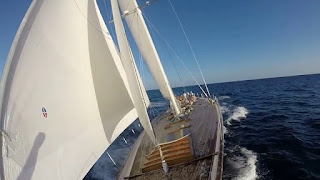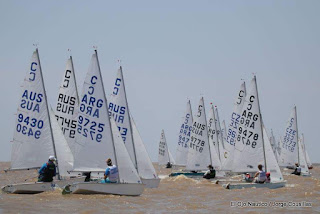
A tale of two sails! it was the most traditional of times and yet the most modern? Apologies to Charles Dickens for bastardising one of literature’s most iconic opening lines. But looking through my order list I was struck at the varied nature of the sails we had on order! We are currently building sails for everything from the smallest pram dinghy, trailer sailers, traditional cruising yachts, Sydney 32 and 38’s right up to canting keel Cookson 50’s. Each sail has its own nuances and requirements. Let’s compare two sails- A full on racing Laminate designed sheerly for speed but with some concessions for longevity for club/ regatta racing on a Sydney 32. The other a Dacron Sail being built for “Westwind”, a beautiful classic yacht, indeed the first yacht ever built by the legendary Jock Muir in Tasmania. Zeptyr Membrane Firstly, let’s look at a modern Membrane sail, in this case a sail we are making for a Sydney 32, featuring Zeptyr Sails technology, made in Sydney ...





